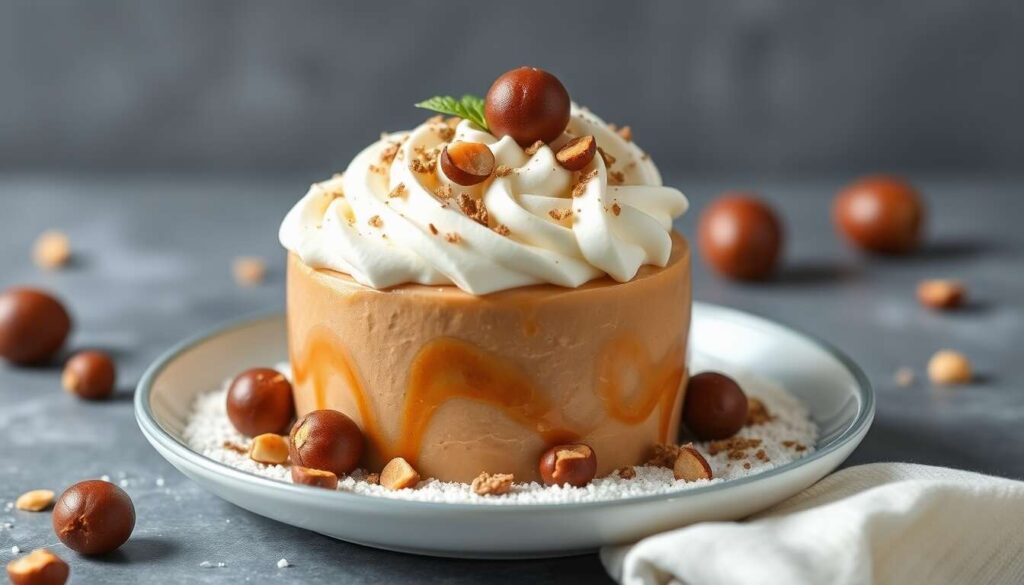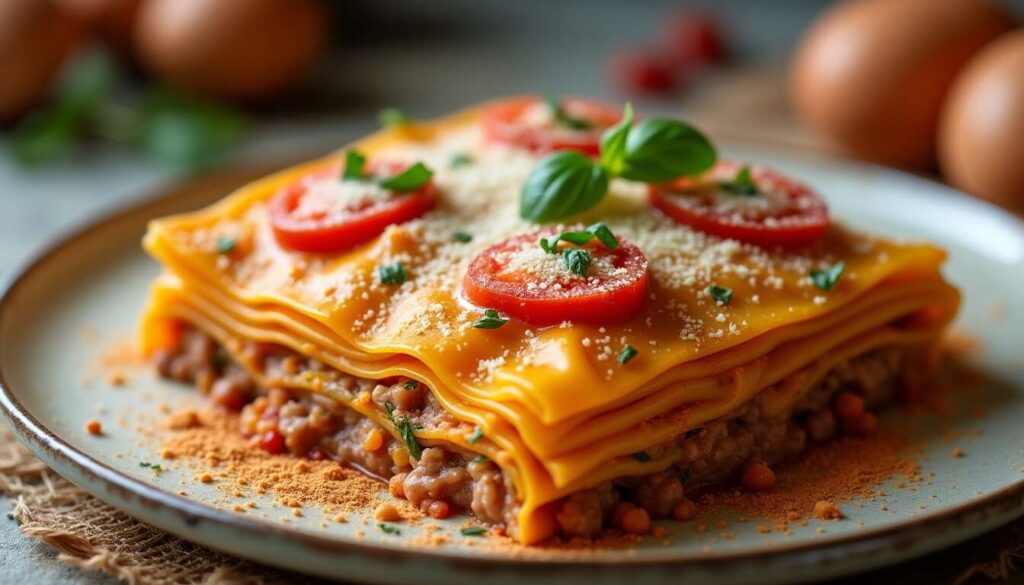The preparation of dough, whether for crafting delectable pizzas, delicate cakes, or scrumptious breads, can make all the difference with a few well-kept secrets. These small techniques can transform any dough into a masterpiece worthy of the finest chefs, without the need for sophisticated equipment.
The Essential Tip for Successful Dough
Choosing the Right Flour
To begin, one of the key elements for achieving great dough is the selection of flour. Opt for flour that contains added yeast. This precise choice greatly simplifies the process, helping to avoid measurement errors and ensuring a perfect texture. Your cakes will rise effortlessly without additional effort.
The Secret of Dough Resting
Another often-overlooked aspect is the resting time. Allowing the dough to rest enhances both texture and flavor. It enables the flour to fully absorb the liquids, thus increasing the elasticity and lightness of the dough.
With the fundamentals of successful dough established, let’s delve into why these techniques genuinely transform the final result.
Why This Technique Makes All the Difference
Texture Improvement
By employing these techniques, you achieve a lighter and more airy texture. The yeast present in the flour promotes fermentation, resulting in a puffy and light dough.
Enhanced Flavor and Quality
Additionally, resting the dough allows the aromas to develop. This enhances the overall flavor and can differentiate between good and exceptional dough.
| Aspect | With Tip | Without Tip |
|---|---|---|
| Texture | Soft and Airy | Dense and Compact |
| Flavor | Rich in Aromas | Less Pronounced |
These improvements demonstrate that a few simple adjustments can have a significant impact. Now, let’s explore how to apply this methodology for a flawless result.
A Simple Methodology for Impeccable Results
Step-by-Step Process
Adopting a clear methodology is crucial for successfully preparing your dough. Here are the key steps:
- Carefully mix the dry ingredients
- Gradually add the liquids to avoid lumps
- Knead the dough until a uniform texture is achieved
- Allow it to rest in a warm place to encourage rising
Additional Tips and Tricks
It is also advisable to work in a clean and well-prepared space to optimize efficiency and quality. Having all ingredients within reach greatly facilitates the task.
Once you have applied this methodology, it is time to explore how to adapt it to different types of dough.
Adapting the Tip to Different Dough Types
Pizza Dough
For pizza dough, choose high-gluten flour. This variety provides a sturdy, crunchy texture, ideal for thin and crispy pizzas.
Cake Dough
When preparing cakes, a lighter flour, combined with softeners like yogurt, can create a moist and airy cake.
Bread and Brioche Dough
For bread and brioche, employing the tangzhong method can be particularly effective. This ensures a soft crumb while extending shelf life.
Let us now delve into the materials and ingredients to prioritize to maximize these tips.
Essential Materials and Ingredients
Selecting the Best Utensils
In the kitchen, the right tools are vital. Here are some materials to favor for successful dough preparation:
- A glass or metal bowl for mixing ingredients
- A rolling pin for evenly spreading the dough
- A sieve for aerating the flour before use
Key Ingredients for Success
The ingredients you choose have a direct impact on the final result:
- Quality Flour: Opt for organic flour for enhanced flavor
- Fresh Yeast: For optimal rising
- Whole Milk or Alternatives: Adds richness to the dough
Now let’s explore a few secrets to ensure your dough is not only tasty but also crispy and light.
Secrets for a Crispy and Light Dough
Cooking Techniques
Cooking is a crucial step. Using pizza stones or hot trays can help achieve the desired crispness. Additionally, preheating the oven to the correct temperature before baking is essential for even cooking.
Incorporating Airy Ingredients
Incorporating ingredients such as whipped butter or egg whites into your dough can result in a light and airy texture, perfect for pastries.
By mastering these techniques, you are well on your way to maximizing the use of your dough. Let’s see how to store it effectively to not waste any of your efforts.
Storing and Reusing Your Dough Like a Chef
Storage Methods
To preserve your dough, wrap it tightly in plastic wrap and place it in the refrigerator. This prevents oxidation and allows it to be stored for several days.
Clever Reuse
If you have leftover dough, don’t panic! You can easily turn it into small breads, breadsticks, or even homemade crackers.
We have explored how to optimize your dough from A to Z. Let’s now address some frequently asked questions to conclude on a strong note.
Answers to Frequently Asked Questions About the Tip
Does this tip work with all types of flour?
Yes, but it is advisable to adjust the proportions depending on the type of flour used. Heavier flours will absorb more liquids.
How long should the dough rest?
Ideally, dough should rest for at least one hour at room temperature, though longer times can be beneficial for flavor development.
Now, you are equipped to transform any dough into a culinary work of art.
Throughout this article, we have explored simple and accessible techniques to elevate your dough crafting skills. Whether you are working on a pizza or a brioche, these tips will help you achieve perfect results. By implementing this advice, every dish you create will be not only delicious but also visually stunning.







